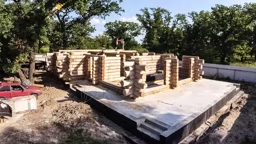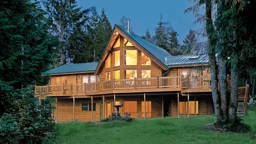|
In the war against expanding household expenses and environmental waste, the hot water heater is woefully neglected. Tucked away in a basement corner, it's rarely mentioned as a heavy energy user. But water heating is the second largest household energy cost--around 17 percent. The good news is there are newer, more efficient heaters on the market that can lower that portion of your costs. Storage Tank Heaters Pros of electric: Tanks have a longer life expectancy than gas units. Cons of electric: Wastes power by using fuel to keep water hot, even if it isn't needed. Low recovery rate. Cost of electric: Roughly $150. Pros of gas: Heats tanks twice as fast as electric models so you can buy a smaller tank. Cons of gas: Wastes power by using fuel to keep water hot, even if it isn't needed. More wear and tear on tank and shorter life-expectancy than electric. Cost of gas: Roughly $250.
On-Demand or Instantaneous Heaters Pros: Longer life expectancy than tank heaters (around 20 years) because there is no rusting or sediment build up. Delivers hot water continuously. Reduces energy consumption by 20 to 30 percent. Cons: Flow rate is limited. Fewer professionals know how to service. Cost: About $500 to $1,000.
Tankless Coil and Indirect Heaters Pros of tankless coil: No separate storage tank. Cons of tankless coil: Not as energy-efficient during warmer months. Cost of tankless coil: $200 Pros of indirect: Boiler does not have to fire up as often to heat water. Cons of indirect: Requires separate storage tank. Suffers standby losses. Cost of indirect: Approximately $1,200.
Heat Pumps Pros for air-source heat pumps: Use half the energy of storage tank heaters. Cons of air-source heat pumps: Expensive to install; not suitable in cold regions. Heats water more slowly than electric or gas heaters. Cost of air-source heat pumps: $1,000 to $3,000 (includes installation). Pros of ground source heat pumps: Less maintenance than traditional heat pumps, increased efficiency. Long life (20 years). Cons of ground source heat pumps: Require extensive excavation so only suitable for new construction projects. Cost of ground source: About $7,500 (includes installation). Solar Water Heaters Cons: Higher up-front costs. Cost: Batch heater as low as $200 and active heaters up to $5,000. |
Hot Water Heaters: 4 Options to Lower Your Heating Bills
Four options for warming your log home's water supply.












